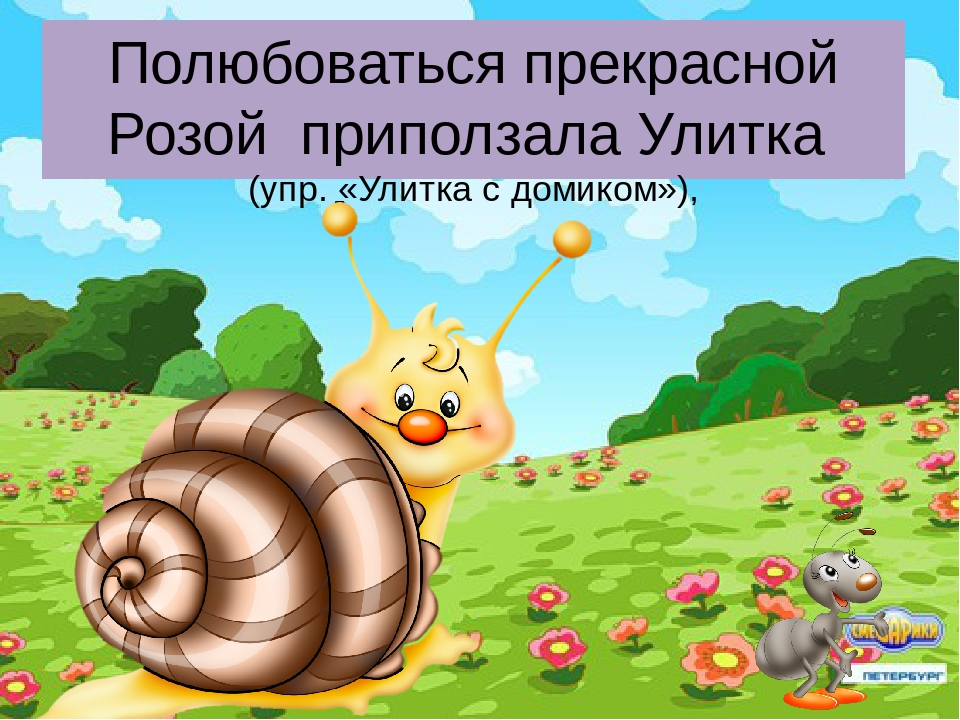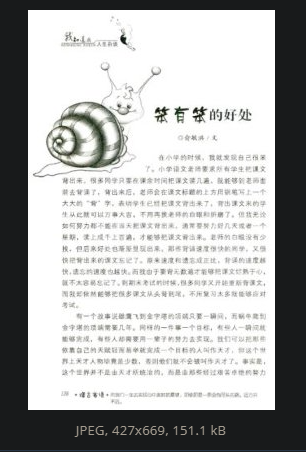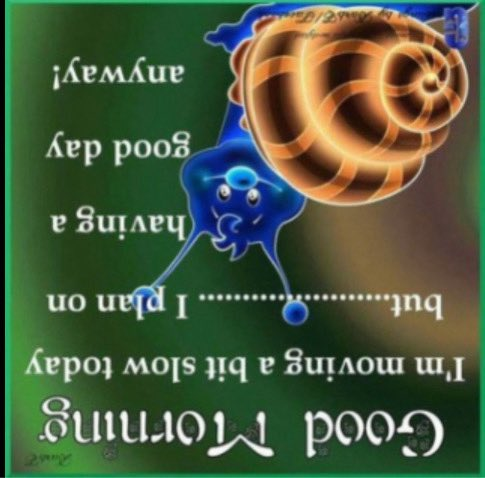created, & modified, =this.modified
rel: The Perception Machine - Our Photographic Future between the Eye and AI by Joanna Zylinska Generation Loss
The poor image has been uploaded, downloaded, shared, reformatted, and reedited. It transforms quality into accessibility, exhibition value into cult value, films into clips, contemplation into distraction. The image is liberated from the vaults of cinemas and archives and thrust into digital uncertainty, at the expense of its own substance. The poor image tends towards abstraction: it is a visual idea in its very becoming.
The poor image is an illicit fifth-generation bastard of an original image.
Cinema is the flagship, more affordable derivatives of the same images circulate as DVDs, on broadcast television or online, as poor images.
Refusing to present clips because a film projector was not available (though there was a standard DVD and video projector, and speakers.) The audience is left to wonder what the images might have looked like.
…resistant or non-conformist visual matter disappeared from the surface into an underground of alternative archives and collections, kept alive only by a network of committed organizations and individuals, who would circulate bootlegged VHS copies amongst themselves.
Thought
It’s like the Streisand effect, but with decay.
Blurred AVI files of half-forgotten masterpieces are exchanged on semi-secret P2P platforms. Clandestine cell-phone videos smuggled out of museums are broadcast on YouTube. DVDs of artists’ viewing copies are bartered. Many works of avant-garde, essayistic, and non-commercial cinema have been resurrected as poor images. Whether they like it or not.
The rampant privatization of intellectual content, along with online marketing and commodification, also enable piracy and appropriation; it gives rise to the circulation of poor images.
Juan Garcia Espinosa, wrote in Cuba in the late ‘60s about “Imperfect Cinema.” “Perfect Cinema technically and artistically masterful, is almost always reactionary cinema.” Imperfect cinema merges art with life and science, blurring the distinction between consumer and producer, audience and author. It insists upon its own imperfection.
He clearly predicts that the development of video technology will jeopardize the elitist position of traditional filmmakers and enable some sort of mass film production: an art of the people. Like the economy of poor images, imperfect cinema diminishes the distinctions between author and audience and merges life and art. Most of all, its visuality is resolutely compromised: blurred, amateurish, and full of artifacts.
The poor image thus constructs anonymous global networks just as it creates a shared history.
The circulation of poor images thus creates “visual bonds,” as Dziga Vertov once called them. This “visual bond” was, according to Vertov, supposed to link the workers of the world with each other.
The poor image is no longer about the real thing—the originary original. Instead, it is about its own real conditions of existence: about swarm circulation, digital dispersion, fractured and flexible temporalities. It is about defiance and appropriation just as it is about conformism and exploitation.
In short: it is about reality.
Poor Image Encounter

I encounter this image, probably passed along countless times. On close inspection there are features that are clear poor image.
- the tail of the snail has a can incongruously on it
- the right side exposes some white canvas – a crop?
- embedded in the good morning text are faint, ghostly traces of once-text. I suspect this is due to the soft stroke around the letters themselves, and the thinness of the original glyphs
- there’s further white text at the base of the snail and on the top right corner
- the airspray gradient effect background has a spiral
Each tell the story of a morning that was shared.
Digging deeper, I find a higher quality image

The glyphs are fairies or angels and the name and origin can be more clearly seen.
I also find this replica.

and the oldest instance this one,
 Another variant defaced to advertise on an instagram
Another variant defaced to advertise on an instagram

